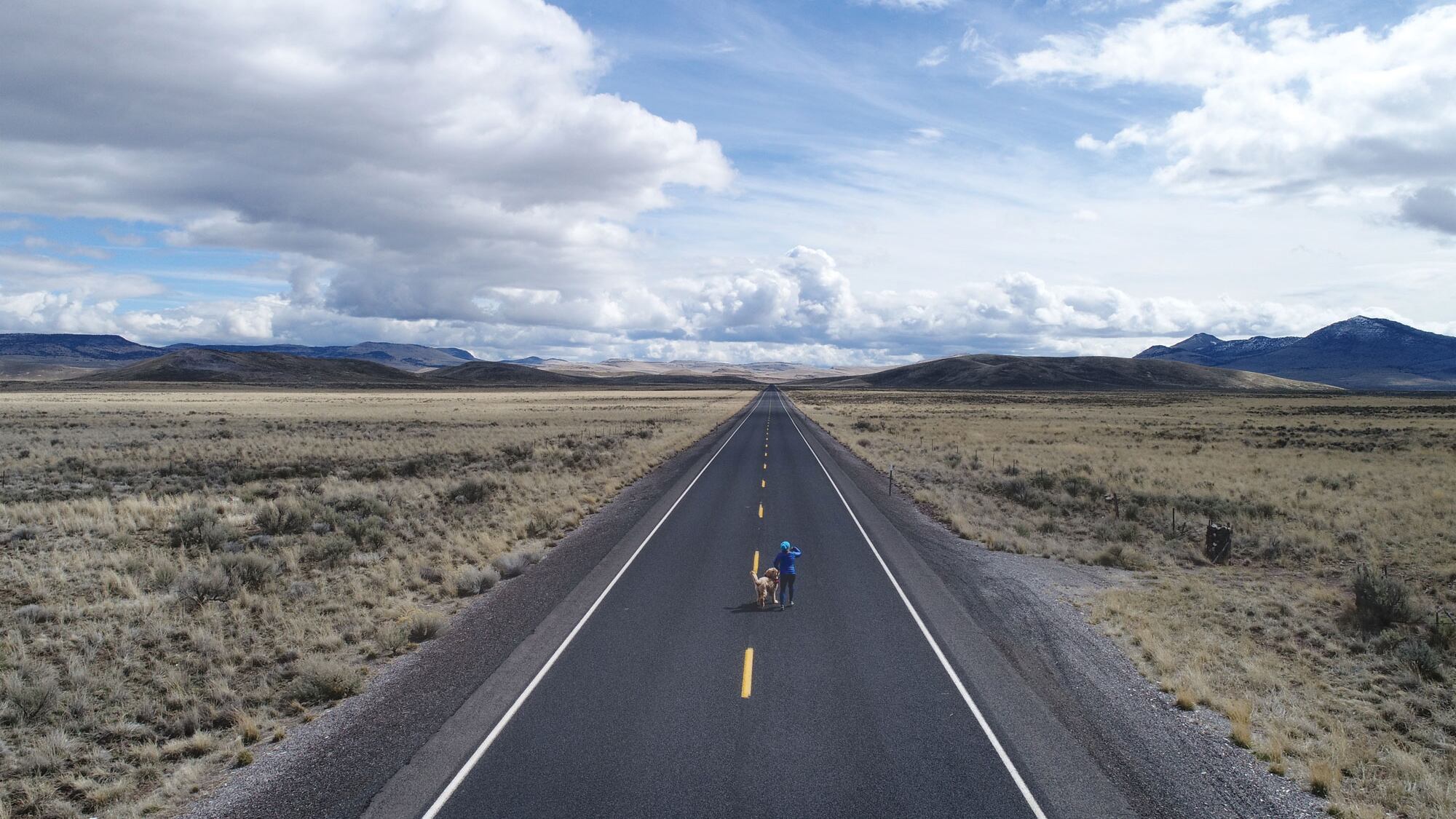Every week since July 14, the White House Coronavirus Task Force has made specific recommendations to Oregon Gov. Kate Brown that included closing bars and gyms in three counties hammered by COVID-19: Umatilla, Morrow and Malheur.
On July 31, Brown returned Umatilla County to a stay-at-home order, effectively following through on the White House recommendation. But she hasn't done the same in Morrow and Malheur counties.
Those decisions show Brown's continued aversion to conflict in the deep red counties ravaged by the virus at Oregon's eastern border—even when the White House suggests it.
Last week, WW revealed on wweek.com that the White House advised Brown for the past three weeks to close night spots in Portland. The latest documents show she's still ignoring that advice in the heart of Trump Country.
"For weeks, the Trump administration has been issuing these cookie-cutter reports based on little or no review of existing regulations or conditions on the ground," says Brown spokesman Charles Boyle, "while failing to pull together a national strategy for COVID-19 testing, contact tracing, and response."
Some disagree with Brown's approach to the federal recommendations.
"That response is shameful," says Multnomah County Commissioner Sharon Meieran, an emergency room physician who has consistently pushed for a more aggressive response to COVID-19.
The state reports, which began June 23, provide detailed looks at the number of cases and the percentage of coronavirus tests coming back positive, and tailor recommendations based on conditions in specific counties.
On July 19, Multnomah County made the report's "yellow zone" list for the first time. (This week it was removed, amid declining case numbers.) Also in the yellow zone—counties that should close bars and dining rooms—in the Aug. 10 report were Marion, Yamhill, Jefferson and Wasco. The red zone counties, which the White House wants locked down completely, were Umatilla, Morrow and Malheur.
The White House has kept its recommendations secret from the public, to the consternation of public health officials, and so has the governor's office.
But the Center for Public Integrity, a Washington, D.C., nonprofit newsroom, first published a copy of the July 14 recommendations for all states last month. The Malheur Enterprise first reported on the recommendations for Malheur County on July 17.
Experts praised the concepts in the recommendations, when first obtained by the Center for Public Integrity, which reported, "Dr. Ashish Jha, director of the Harvard Global Health Institute, said he thought the information and recommendations were mostly good."
Most U.S. governors had set their COVID-19 policies well in advance of receiving White House guidance. Given that the guidance has largely been kept secret, it's not clear whether it's impacted state policies.
But Gov. Brown disagrees with the recommendations, with her office pointing to flaws that it says have hampered the federal government's response.
Boyle says the federal recommendations also don't take into account the health protections Brown has already ordered, such as requiring masks in most public spaces.
"The Trump Administration's reports contain one-size-fits-all recommendations with little justification for why one type of business should be closed in one county over another," says Boyle. "County-level decisions are made based on the advice of doctors and health experts, with input from local leaders and public health officials about the data and conditions they are seeing on the ground."
To be sure, the Trump administration response to the pandemic has been political. Trump attacked mask wearing, before reversing course to sometimes support it, while continuing to downplay the virus's outsized death toll.
The task force would not respond to the Center for Public Integrity on why the recommendations were not made public.
"Information about the coronavirus is still very tightly controlled by the White House," Center for Public Integrity reporter Liz Essley Whyte tells WW. "It would be helpful to people from all walks of life to know what the White House Coronavirus Task Force recommends leaders do about it."
Meieran says it's possible to criticize President Trump and also seek to exceed his administration's safety recommendations.
"The federal administration, and the president himself, is the most culpable in how the pandemic has been mishandled and is responsible for the dysfunction throughout the country, not to mention tens of thousands of deaths," she says. "That being said, whether it's cookie cutter or not, a number of these recommendations make absolute sense and jibe with what public health experts and epidemiologists are telling us. To dismiss it out of hand is a non-answer, and I would expect better from our state leadership."
Brown faces renewed calls to close bars and restaurants, including from a group of 150 physicians who are also mothers, who on Aug. 5 asked the governor to do just that in hopes of lowering the case count to reopen schools.
This map shows the counties where the White House is advising closures, and the places Brown says she's watching closely.

